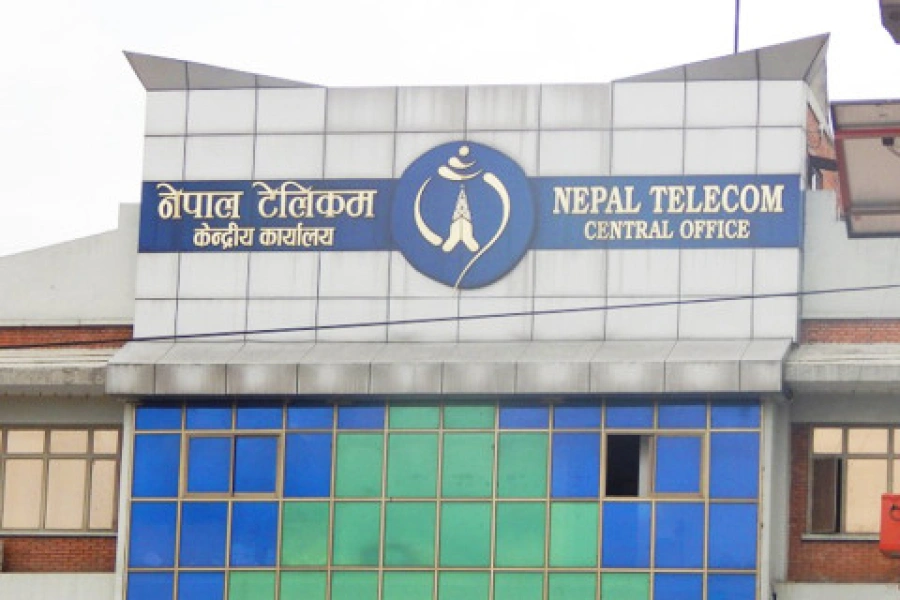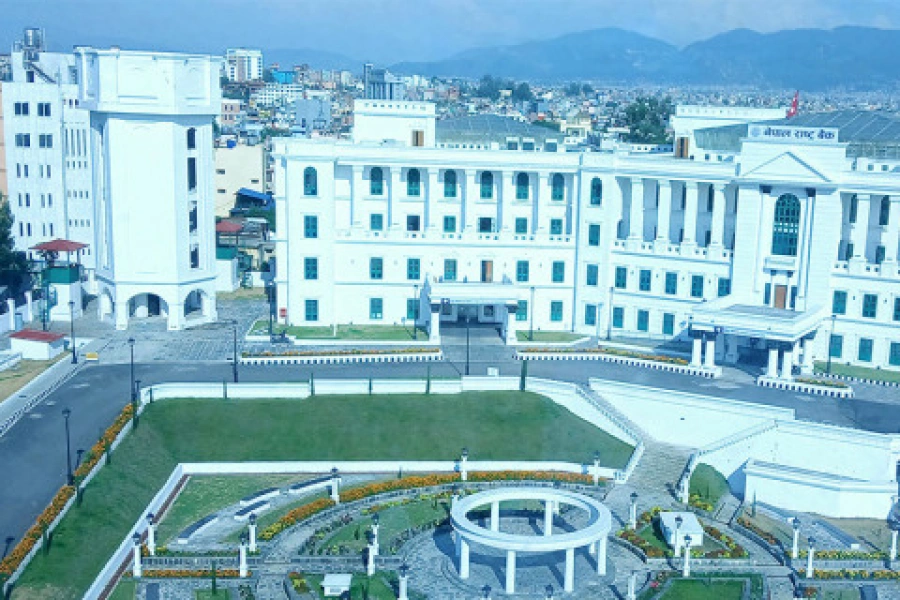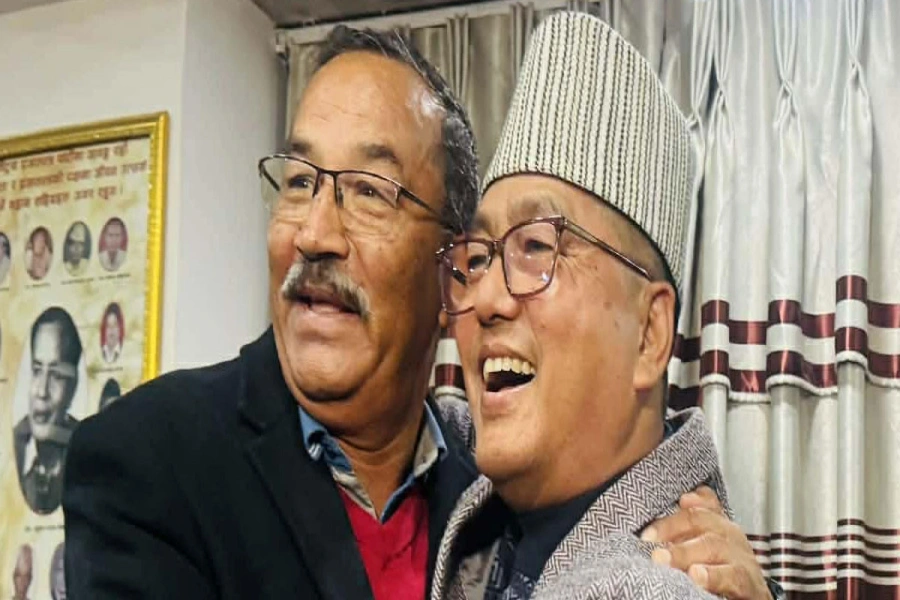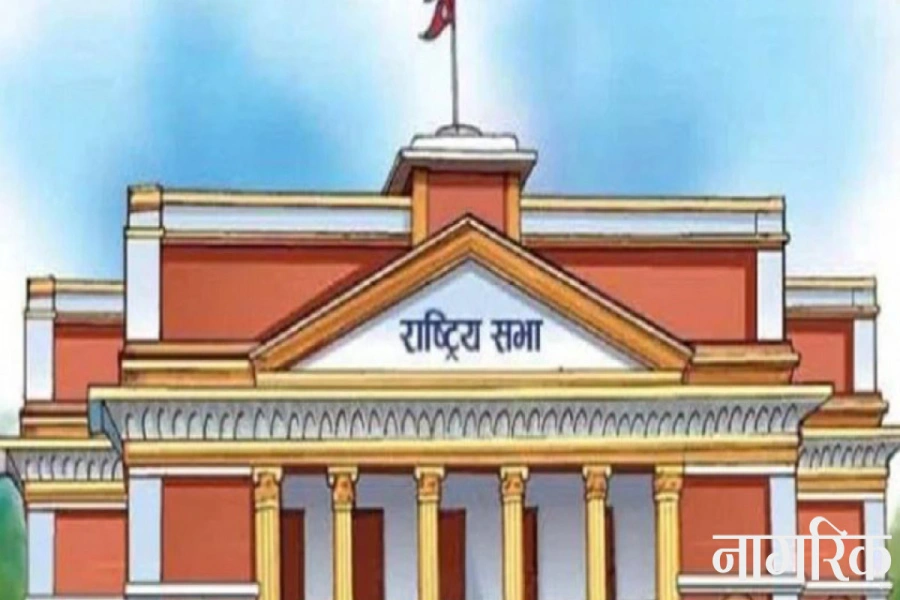If you think spirituality and education are two disconnected concepts that don’t go hand in hand, a short trip to Chobhar, about 10 kilometers south of Kathmandu, can prove you wrong. At Tsoknyi Gechak School you will be able see how spirituality and education actually reinforce each other.
At a nunnery, one would expect Tibetan nuns reading religious texts written in Umê or Uchen – the Tibetan scripts. But the scenario at Tsoknyi Gechak School is quite different with students building models of solar system, lear ning environmental cycles, doing modern artwork, and reading poetry.
Many of them also speak fluent English. During this scribe’s recent visit to the school, one of the classrooms was hosting a westernized tea ceremony, led by 10-year-old girls from villages in Nepal’s remote mountains.
Yonten Drolma, who studies in grade five and hails from Dolakha district said, “This is very different from how things are in my village. I’m lucky to be living here. We not only study but learn a lot of other things here.” And seventh grader Kalsang Lhamo, from Gorkha, agrees with Drolma. “Without the school’s help, I wouldn’t have been able to study and I wouldn’t have had the opportunities that I have now,” she said.
The school, running primary and lower-secondary classes up to grade seven, is home to 117 young nuns or anis from across Nepal. While they live and study here, they also train in traditional Buddhist knowledge.
“The monasteries have always been teaching people to read, much before the government built a single school,” said Fionnuala Shenpen, director of Tsoknyi Gechak School. “These were centers of education much older than the government school system or modern education. Education in Nepal is relatively new. You can trace secular education only to the last 70 years or so, isn’t it?
Lessons from Southeast Asia

But the monasteries have a much older history,” she said adding that in the Himalayan region too monasteries have been huge centers of education. They were the only place where people could read. “It was the same case with ashrams. They were teaching people to read scriptures way before the government built schools,” she said.
Shenpen also said that it was the same case in Europe too. “Monasteries had the first libraries and they had the first schools. Back in the middle ages, these (monasteries) were the only place where people could get an education. A lot of them went on to become universities later on. Then came a time when religion and education just separated,” she said.
Trained teaching
The neat and organized classrooms, with artwork across the walls, saw teachers and students sitting in circles, studying models that students had built from clay and cardboard. The school draws on the education system of Rato Bangala School, an upscale school in Kathmandu valley that is affiliated to the Bank Street College of Education in New York.
“We had partnered with Rato Bangala. They did a two-year long outreach program here and trained our staff. The school sponsored one of our teachers to train at Rato Bangala and also hired other teachers who completed their training there. When new staff members are hired, we run our own trainings for them as well,” explained Shenpen.
Though the school follows the government curriculum, they also try to see what more they can do to enrich the girls’ schooling experience. “Basically we are looking to get the children thinking and learning independently, not just spoon-feeding them,” she said.
Meditation, an integral part
“After breakfast in the morning, older girls from class four and above have a 40-minute prayer session where they also practice meditation before the school starts,” said Shenpen adding that a lopon, one of the monastic teachers, leads that session.
“All our 13 teachers are trained in mindfulness. We had a volunteer teacher from Europe who did mindfulness training with them,” she further explained.
According to the director, they encourage the girls to just sit and be aware of what’s happening around them before class starts. This apparently helps them settle down. And, during class if they seem distracted the teacher will stop everything for five minutes to allow them to focus on their breaths so that they are able to concentrate again.
Dechen Khandro, from Gorkha, who studies in the seventh grade, says she really enjoys the meditation sessions and hopes it will train her to become a good teacher in the future.
Daily school activities
Older girls go for Rota puja in the morning and evening. Those who don’t do Rota, do morning memorization of texts. During school hours – 9am to 4pm – students learn subjects like Nepali, English, Tibetan, science, social studies, maths, moral education, occupational business, and technology. For lower grades, more focus is put on outdoor games, library, computer class, and arts. After school they go for puja, or do memorization of texts, train in playing temple instruments, train in making torma, chanting, etc.
The Tsoknyi Gechak School is trying to adopt a social and emotional curriculum. “We look to bring dharma in real life by integrating it in our curriculum. That will enable the girls to have greater control over how they behave,” she explains further adding, “There are some beautiful books out there in the market and we are also making our own. Some books are aimed at the teachers and some at students. These books teach us how to look at our feelings and how to handle it. There are books on meditation. We read as much as possible and try to incorporate the best.”
Also, in the lower classes there are charts on the walls. These are the ‘feelings charts’, where students can say how they are feeling at the moment. They can talk about their inner weather through the feelings chart. If a child is upset or angry, they can express that through this chart and the teacher allows them a moment to rest and recover.
Tsoknyi Gechak Ling
The school is part of Tsoknyi Gechak Ling, a nunnery that also runs a shedra (a traditional college teaching Buddhist philosophy to monks and nuns), a meditation retreat center where serious meditators sit for three-year-long intensive retreats, a temple with a huge assembly area, administrative building, and residential quarters.
Patron of the nunnery and the school is Tsoknyi Rinpoche, a Tibetan Buddhist master who is also a renowned author on meditation teachings. Though the whole operation is an expensive undertaking, there are donors who believe in Rinpoche’s vision for girls’ education.
“This kind of school is special because it has a great environment, gives the Buddhist perspective toward right living, and incorporates modern education as well. This makes the girls more grounded, inspired, and motivated to do good in the society,” he said.
And what Ngawang Palmo, who hails from Solukhumbua and currently studies in class six, said completely backed the Rinpoche’s statement. “My aim is to help those who are less fortunate than me. I want to do good like the Rinpoche and my teachers,” she said.
The writer is with the copy desk at Republica and can be contacted at poudel.arun@gmail.com.






































